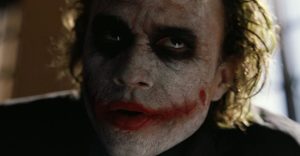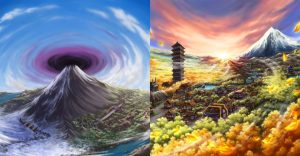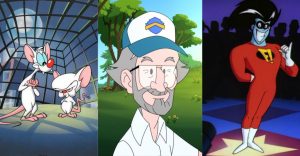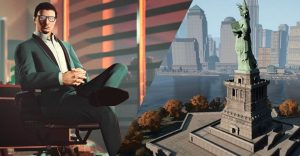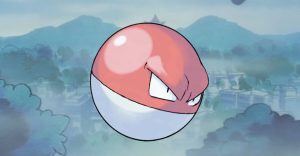Jurassic Park: How A Book Scene Fixes The Franchise’s Biggest Problem

The biggest problem in the Jurassic Park franchise doesn’t exist in the books — because of one key scene. Steven Spielberg’s film is masterful, elevating the story from being a simple sci-fi thriller to a genuinely breathtaking story that balances its suspense and action with moments of philosophy and awe. However, the Jurassic Park trilogy and the later Jurassic World films all suffer from the same problem: an over-reliance on the original islands.
Michael Crichton’s novels Jurassic Park and The Lost World served as the source material for Spielberg’s iconic 1993 movie and its sequel. The movies, however, departed from the books’ events in key ways, and by the third installment, Jurassic Park 3, the franchise had little source material left to adapt — resulting in the franchise being increasingly contrived. Jurassic Park 3 introduced the worst franchise trope: making a genetically altered dinosaur into a monster/villain figure. Yet, this isn’t surprising given the limited stakes in the franchise that resulted from diverging from the book’s plot.
The stakes in Crichton’s novel are different than in Spielberg’s Jurassic Park. Characters like Alan Grant and Ian Malcom are not only concerned about the safety of the park — they fear that the dinosaurs will find a way off the island. The ending in the Jurassic Park book is drastically different than the movie: In the novel, the Costa Rican government is made aware of the situation, and it acts decisively, covering the abandoned park in napalm, in hopes of killing all the creatures. However, the final chapter also includes a scene suggesting that the dinosaurs had already escaped the island, and had evolved to survive outside of the park.

The ending to Crichton’s original book both addresses one of the biggest plot holes in the series, as well as offers a solution that would have prevented the franchise’s most frustrating problem. It never made sense that, following the events of Jurassic Park, the island (and project) was seemingly abandoned, rather than dealt with by the local government. Furthermore, despite The Lost World revealing the extreme danger of the dinosaurs, thanks to a Tyrannosaurus that rampages through San Diego, the American and Costa Rican government declare Isla Sorna a “nature preserve” at the film’s end. This makes the premise of Jurassic Park 3 even more problematic — what were civilians doing parasailing anywhere near an island inhabited by dinosaurs? Furthermore, how did InGen manage to reclaim Isla Nublar from the dinosaurs and then rebuild the destroyed park in time for the events of Jurassic World? Why would the government even let them, following the previous catastrophes?
Including the ending in Crichton’s Jurassic Park would have addressed both issues. No matter how many resources InGen has, it’s hard to imagine that the company could afford the massive investment that would have been required to send in teams to recapture the dinosaurs, which had been actively breeding. Particularly, the velociraptors were established to be both incredibly violent and intelligent — making surviving them, let alone capturing them, extremely difficult. Crichton’s book opened the possibility of rebuilding since most, if not all, of the dinosaurs would have been destroyed in the fires, but the basic research survived on Isla Sorna. Rebuilding from the burnt ruins or Isla Nublar would have been difficult, but likely not as difficult getting the dinosaur population under control sufficiently to send in the construction crews needed to rebuild destroyed barriers, buildings, etc.
Furthermore, because Crichton’s Jurrasic Park ending suggested that certain dinosaurs had escaped, it set up potential narrative avenues that later installments could have used — like a small village being terrorized by Compsognathus, or even InGen’s rival BioSyn capturing some of the escaped dinosaurs and starting their own rival park. Starting with Jurassic Park 3, the franchise became increasingly unbelievable as writers had to find contrived excuses for characters to return to the islands. The events of Jurassic World would actually make more sense if instead of InGen having rebuilt Isla Nublar, BioSyn had successfully recovered stolen dinosaur embryos from Jurassic Park and restarted their own version elsewhere. Granted, this would have meant Jurassic World couldn’t feature the “old” park scene — but, nostalgia aside, the movie may actually have been better for it.
- Jurassic World: Dominion (2022)Release date: Jun 10, 2022
About The Author











